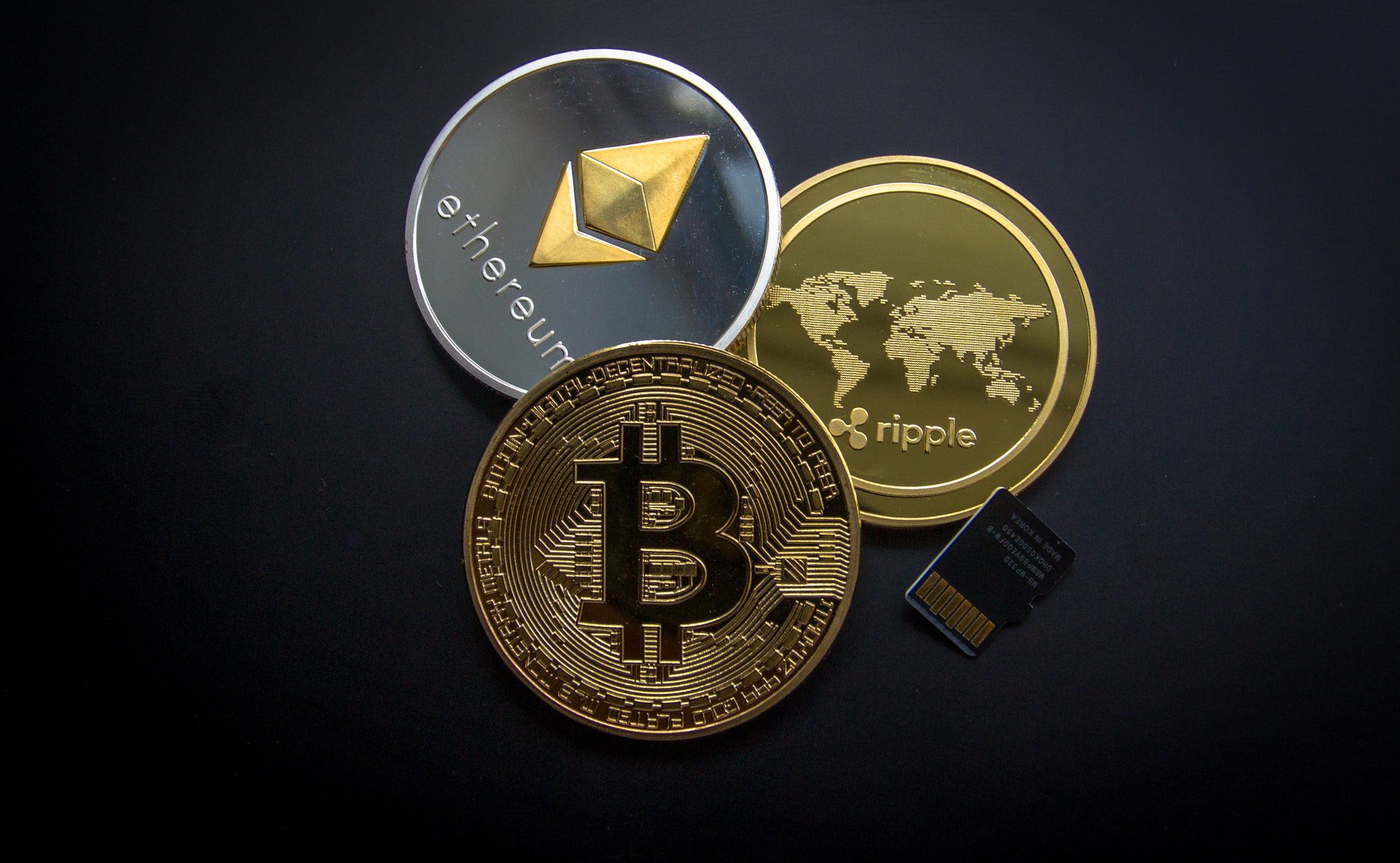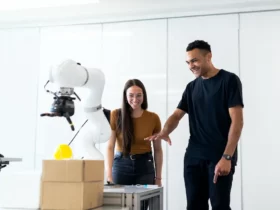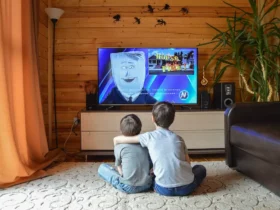As education continues to evolve, technology has always shaped how we teach and learn. One such technological frontier that promises to revolutionize the educational sphere is Virtual Reality. Virtual Reality (VR) can revolutionize traditional learning by offering an immersive and interactive learning experience to both students and educators.
This article looks at how VR can be used in education to improve learning outcomes in various ways. When considering the array of online academic services, students often peruse platforms to delegate their academic workload. Still, before entrusting their scholarly duties, they diligently search to write my lab report and read real customer feedback. Such reviews are critical, offering insights into the quality of service, timeliness of delivery, and the proficiency of the writers employed by the platform.
Training Educators for Effective VR Integration
Teachers can effectively incorporate VR into their curriculum by attending professional development and training sessions. These sessions can be conducted by experts in VR technology, instructional designers, and educators who have already incorporated VR into their teaching.
The training must encompass not only the technical aspects of VR but also how it can enhance learning outcomes. Educators must be aware of the different VR tools available, how to create VR content, and how to integrate it into their teaching methodologies.
Additionally, teachers must learn to guide VR learning experiences and evaluate the effectiveness of VR in achieving learning goals.
Understanding Virtual Reality in Education
Virtual Reality is a computer simulation of an environment that can be similar to or different from the real world. It provides an immersive experience through a VR headset or head-mounted display.
It is often coupled with hand controllers and other sensory devices to simulate a user’s physical presence in a virtual space. In educational contexts, VR is a tool for creating interactive learning environments where theoretical knowledge can be applied in practical yet controlled scenarios.
Applications of VR in Education
Immersive Learning Environments
Immersive learning environments can be created using VR, which allows students to travel to any part of the world or even outer space. Without leaving the classroom! These environments can enhance engagement and make learning more memorable.
For instance, history students can walk through ancient civilizations; biology students can dive into the human bloodstream. Aspiring astronauts can experience the surface of Mars firsthand.
Enhanced Engagement and Retention
The immersive nature of VR promotes active learning and can lead to enhanced engagement. When students are engaged, information retention improves significantly. VR can turn abstract concepts into vivid experiences.
A student might struggle to grasp the structure of a molecule through a textbook, but seeing and manipulating a 3D model in virtual space can clarify complex topics.
Safe Simulation of Dangerous or Impractical Experiences
With VR, students can practice skills and experience situations that would be dangerous, expensive, or impossible in the real world. For example, medical students can perform surgeries without risk of harm to patients. VR provides a safe environment for such training.
Engineering students can experiment with large-scale machinery or chemical reactions without risks.
Collaboration and Social Learning
VR isn’t just a solitary experience. It supports multi-user environments where students can collaborate and interact with peers across the globe. This fosters teamwork and communication skills. Furthermore, it prepares students for a workforce that is increasingly remote and digitally connected.
Customized Learning Experiences
With VR, it is possible to tailor learning experiences to individual needs. Students can learn at their own pace. They can revisit complex subjects as needed. For learners with special needs, VR can be designed to accommodate different learning styles and abilities.
Implementing VR in Education
Various factors need to be carefully considered to adopt VR in education.
Infrastructure and Hardware
To implement VR, educational institutions must invest in the required hardware, including VR headsets, compatible computers or mobile devices, and input devices.
Cost can be a hindrance, but with the quick advancement of technology, more accessible and affordable options are now emerging.
Content Development
Educational content must be tailored specifically for VR platforms to be effective. This requires interdisciplinary teams of educators, subject matter experts, and VR developers to collaborate and create engaging and pedagogically sound experiences.
Teacher Training and Support
To integrate VR effectively into their curriculums, educators must be trained. This involves not only understanding the technical aspects of VR but also how to guide and facilitate VR learning experiences.
Ethical and Practical Considerations
Issues such as cybersickness, privacy concerns, and the digital divide must be addressed. It is crucial to ensure that VR content is inclusive and accessible so all students can benefit from these experiences.
In the competitive realm of academic support, students often look toward the best essay writing service review to guide their selection process. These reviews are essential for students seeking top-notch essay writing services.
Such reviews delve into various attributes, including the originality of content, adherence to deadlines, pricing, and customer support quality, offering a transparent snapshot of what they can expect.
The Future of VR in Education
As VR technology continues to improve and become more cost-effective, it is likely to be integrated more into education. Future advancements could include better haptic feedback, enabling students to ‘feel’ objects in VR, and integrating artificial intelligence to create adaptive learning paths within VR environments.
Furthermore, as VR becomes more mainstream, the potential for global classrooms where students worldwide can learn and interact in a single virtual space could become a reality. This would break down geographical barriers. Let’s not forget about cultural ones, fostering global understanding and collaboration.
Conclusion
VR promises to make learning more engaging, effective, and enjoyable by simulating real-world scenarios and abstract concepts, providing a rich platform for experiential learning. As we look to the future, VR in education isn’t just a possibility—it’s an exciting, inevitable transformation in the learning journey.













